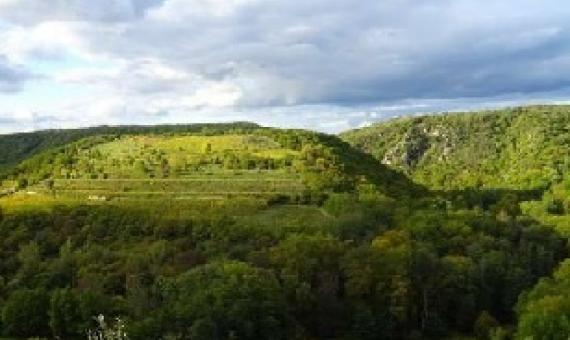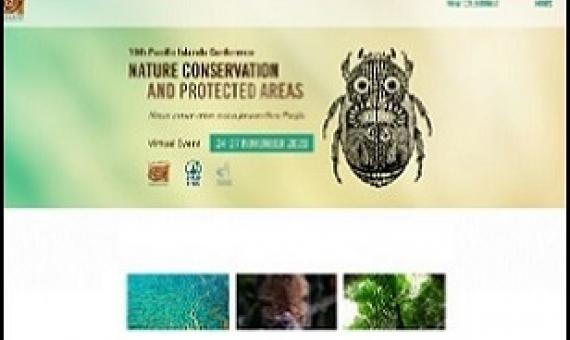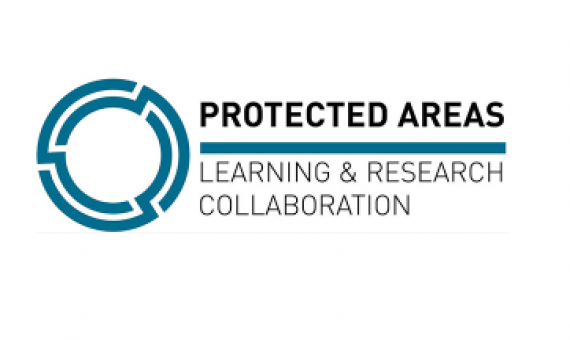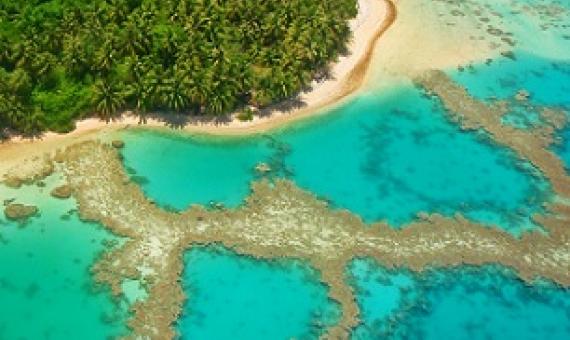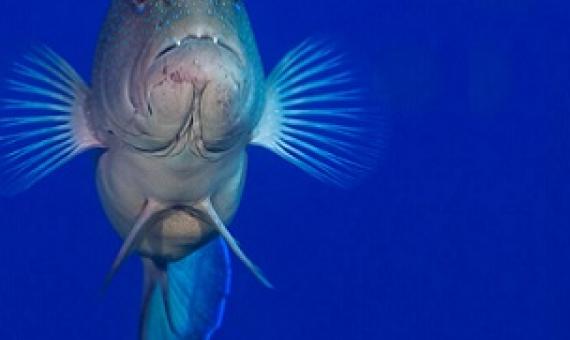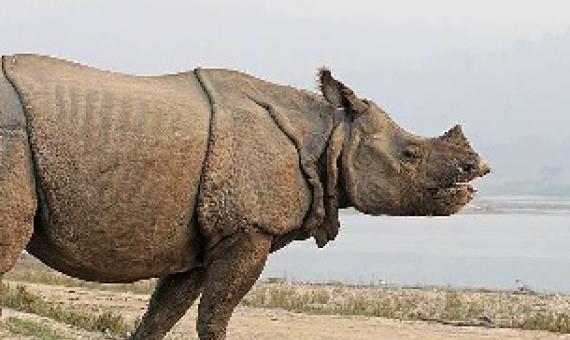Scientists have conducted a new global review of protected areas, finding that to be more effective, area-based conservation efforts need to be better funded, climate smart, and equitably managed. The new research published today in Nature identifies the actions needed fro
Protected Area Governance and Management
This book has been prepared as a contribution to the IUCN World Parks Congress in Sydney in 2014. The global community is at the interface of ensuring the quality of protected area governance and management, together with the way that effectively managed and
Participants in the 10th Pacific Islands Conference on Nature Conservation and Protected Areas can now access important conference information and resources at the touch of a button with the launch of the new conference website and platform to support the now fully virtual event. Officially
The Protected Areas Collaboration for Learning & Research (PAC) - previously the Protected Areas Learning & Research Collaboration (PALRC) - is delighted to announce a new joint venture agreement is shortly to be finalised with prospective partners, Tasmanian Land Conservancy, and the Blu
Fourteen years ago, five Pacific island leaders united for a better Pacific islands region, committing to the Micronesia Challenge, an agreement to effectively conserve at least 30% of the near-shore marine resources and 20 percent of the terrestrial resources across Micronesia by 2020...Since 20
Scientists say a ‘portfolio’ of protected areas within marine parks such as the Great Barrier Reef can help secure sustainable fish populations.
The Pacific Islands Roundtable for Nature Conservation (PIRT)
The Pacific Islands Roundtable for Nature Conservation (PIRT) is a coalition of nature conservation and development organizations, governments, inter-government, donor agencies and community groups created to increase effective conservation action in the Pacific Island Region. It was established in 1998 at the request of Pacific island countries and territories which was voiced at the 6th Pacific Islands Conference on Nature Conservation and Protected Areas in 1997.
A University of Queensland-led research team has revealed that many endangered mammal species are dependent on protected areas, and would likely vanish without them. Professor James Watson, of UQ and the Wildlife Conservation Society, said despite the success of protected areas, their p
Protected areas are considered the most important tool for curbing the ongoing biodiversity loss, but a lack of field data hampers efforts to measure how effective they are in practice.
Cost-effective priorities for the expansion of global terrestrial protected areas: Setting post-2020 global and national targets
Biodiversity loss is a social and ecological emergency, and calls have been made for the global expansion of protected areas (PAs) to tackle this crisis. It is unclear, however, where best to locate new PAs to protect biodiversity cost-effectively. To answer this question, we conducted a spatial meta-analysis by overlaying seven global biodiversity templates to identify conservation priority zones. These are then combined with low human impact areas to identify cost-effective zones (CEZs) for PA designation.

